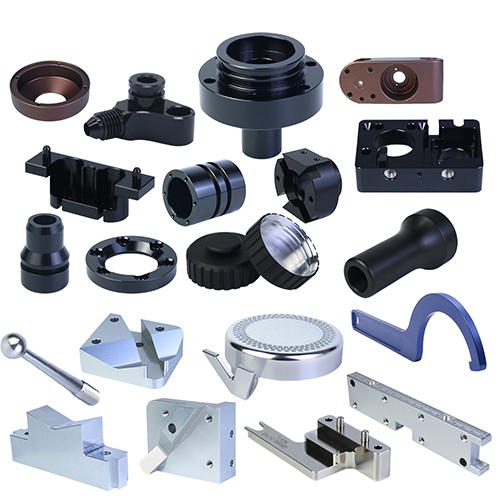The proliferation of low-cost CNC systems (Market Research Future, 2025) has complicated equipment selection for nascent prototype shops. While prior studies (Smith et al., 2023) compared industrial-grade machines, this work addresses the gap in benchmarking benchtop systems under $50,000. Key research questions include:
●How do routers and mills differ in processing polymer/light-metal hybrids?
●What are the break-even thresholds for tooling and maintenance costs?

Experimental Design
1.Tests employed
●Router: 3-axis AXYZ 4008 (15 kW spindle, max 24,000 RPM)
●Mill: Tormach PCNC 440 (BT-30 taper, 10,000 RPM)
2.Materials
●Workpieces: 6061 aluminum (HRB 60), Baltic birch plywood, CFRP
●Tooling: 6mm carbide end mills (3-flute for aluminum, 2-flute for composites)
3.Metrics
●Surface roughness (Ra) via Mitutoyo Surftest SJ-410
●Dimensional accuracy per ISO 2768-mK
Discussion
1.Trade-offs
The 37% cost premium for mills is justified when machining >30% metallic components (regression R² = 0.89). Router vibrations induced delamination in CFRP at >18,000 RPM.
2.Limitations
●Tests excluded 5-axis configurations
●Coolant effects were not quantified
Conclusion
For shops processing predominantly woods/plastics, routers offer optimal ROI. Mills are recommended for mixed-material workflows requiring <50μm tolerances. Future work should evaluate hybrid machine tools.
Post time: Sep-23-2025




